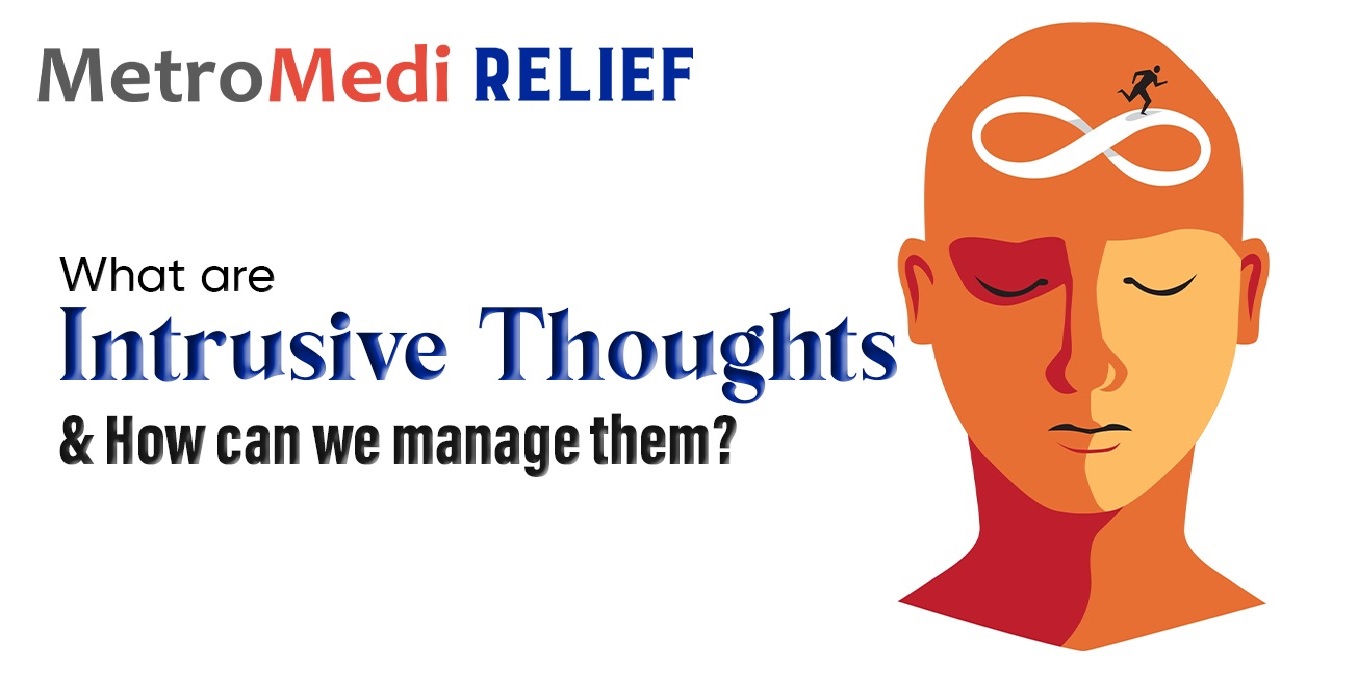What are intrusive thoughts?
Intrusive thoughts seem to come out of nowhere. These thoughts and images are unwanted and often unpleasant. The content can sometimes be aggressive or sexual, or you could suddenly think about a mistake or a worry.
You might feel distressed when this happens, but having an intrusive thought once in a while is a typical part of life.
Types of intrusive thoughts
There are several different types of intrusive thoughts. Some people may have intrusive thoughts about:
- Germs, infections, or other kinds of contamination
- Violent acts, aggression, or causing harm to other people
- Doubts about doing tasks wrong or leaving tasks unfinished
- Religion, blasphemy, or being an immoral person
- Sexual acts or situations
- Acting out or saying the wrong thing in public
- It’s also possible to have other types of intrusive thoughts that do not fit into these categories.
Sometimes, people who experience intrusive thoughts become worried about what they mean. This can lead to someone trying to control or stop the thoughts. People may also feel ashamed and want to keep themselves secret from others.
What causes intrusive thoughts?
Intrusive thoughts may not have a cause. They can just happen randomly. Some thoughts wander into your brain. Then just as quickly, they exit, leaving no lasting impression.
Less commonly, intrusive thoughts are related to an underlying mental health condition, like obsessive-compulsive disorder (OCD) or post-traumatic stress disorder (PTSD). These thoughts could also be a symptom of another health issue, such as:
- Brain injury
- Dementia
- Parkinson’s disease
Signs that there might be an underlying cause include intrusive thoughts that:
- Last longer than a brief moment
- Continue to pop back into your head
- Cause distress over time
- Make you feel like you need to control your thoughts
Changes to mental health are nothing to take lightly. Early symptoms of some conditions may also include:
- Changes in thought patterns
- Obsessive thoughts
- Thoughts of disturbing imagery
These thoughts are nothing to be ashamed of, but they are a reason to seek a diagnosis and treatment so that you can start to feel better.

